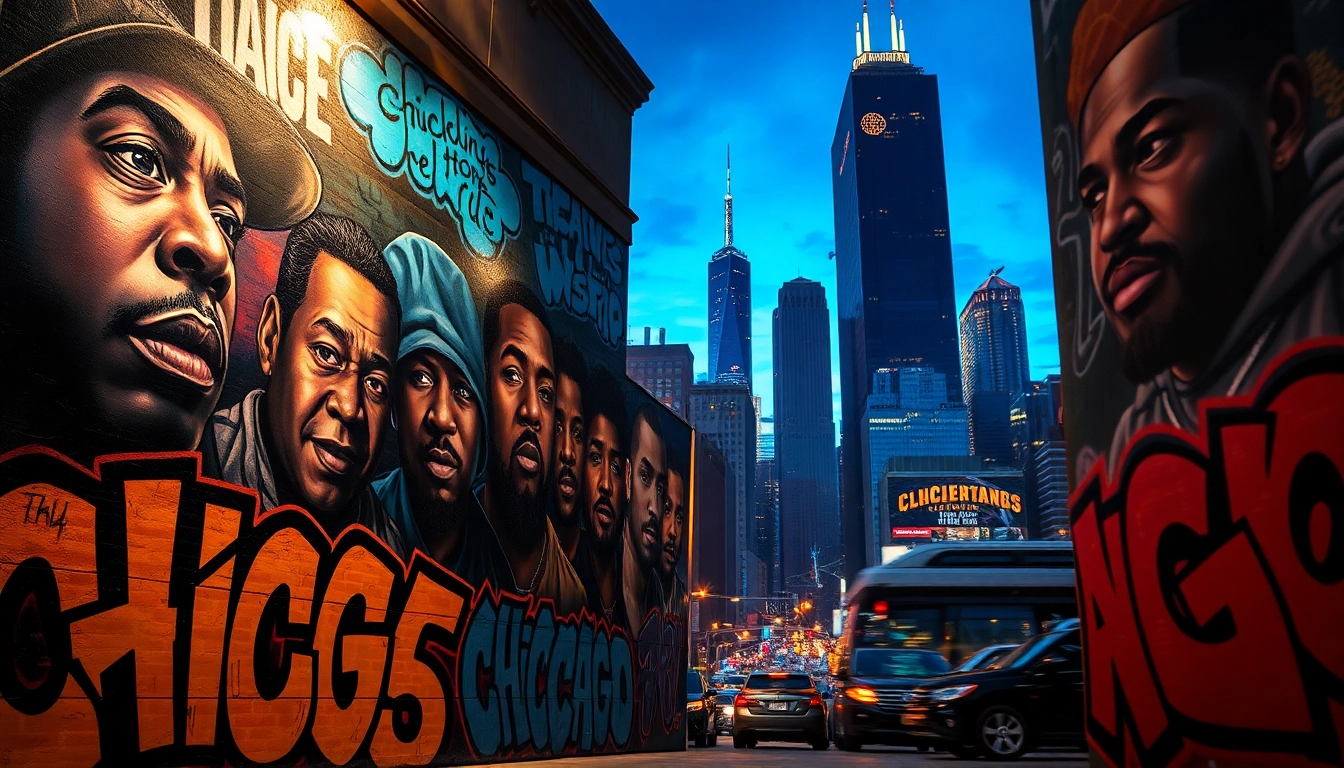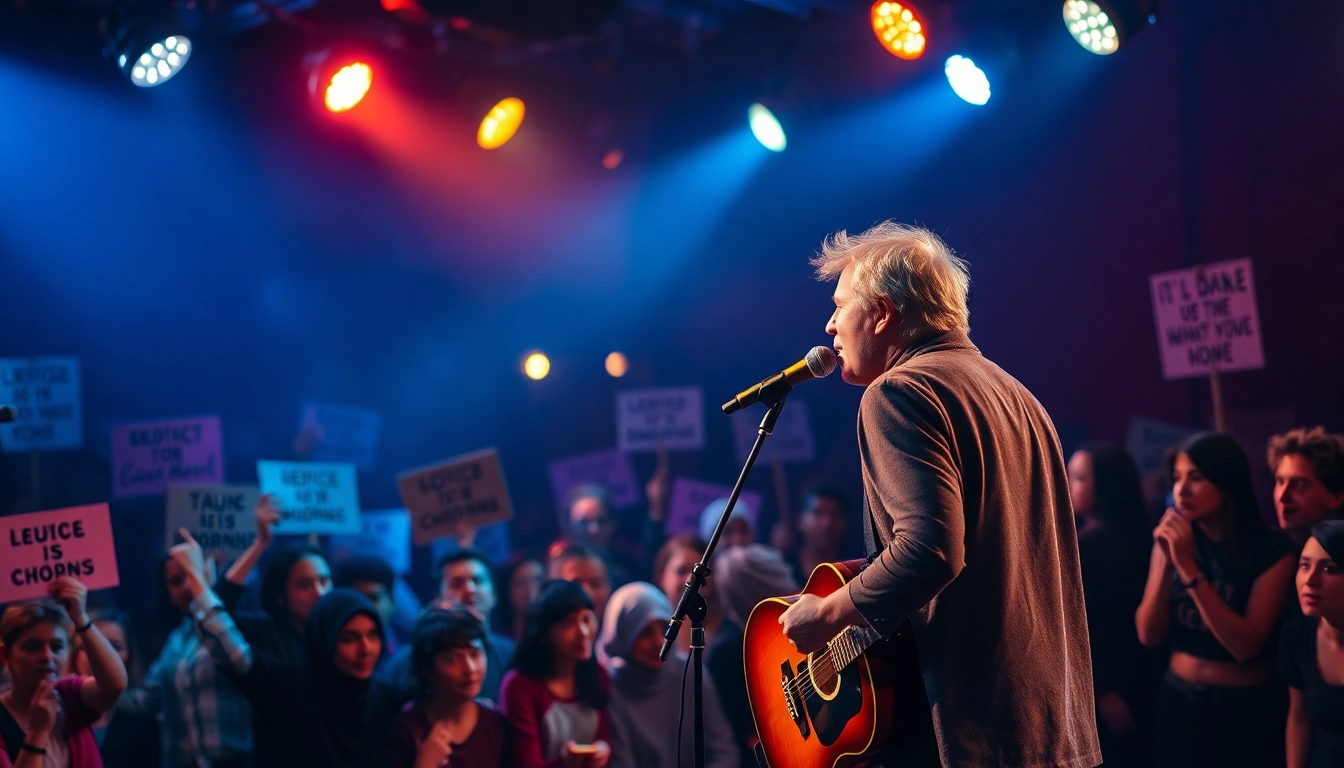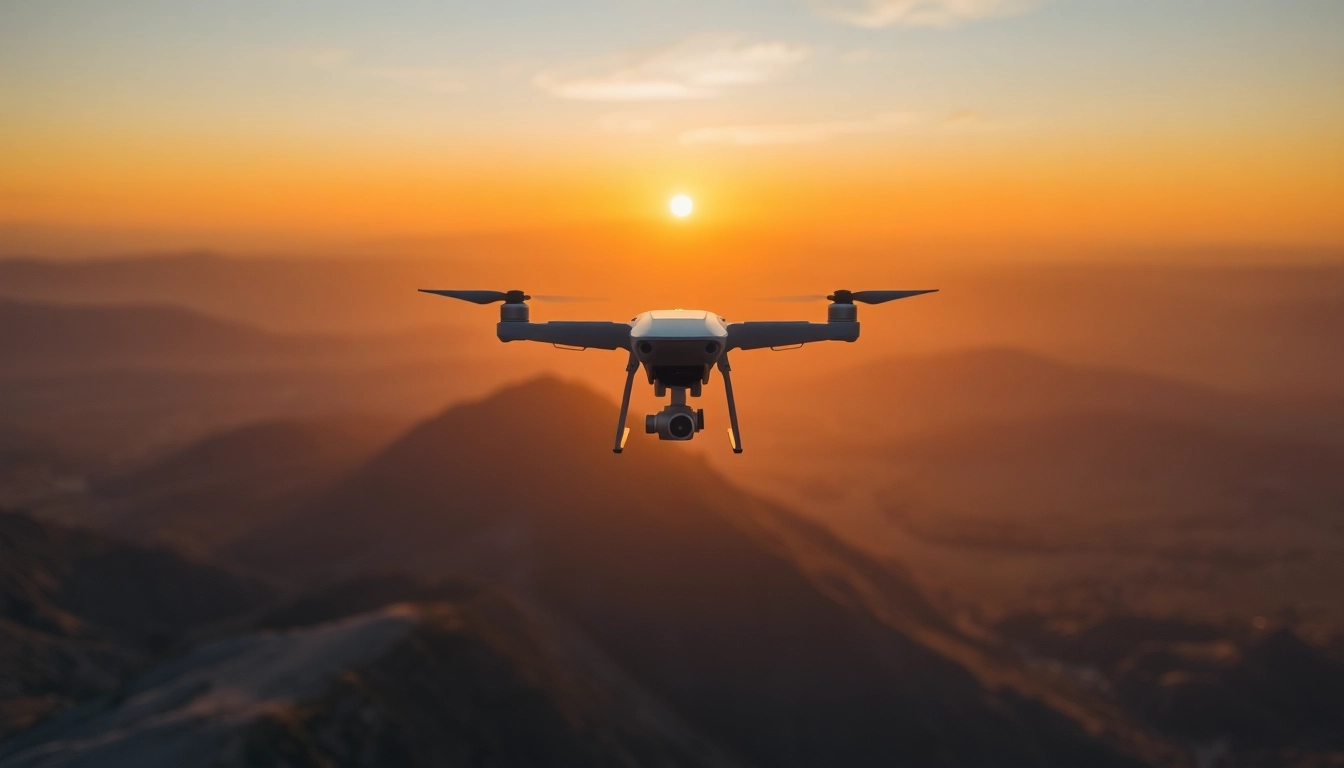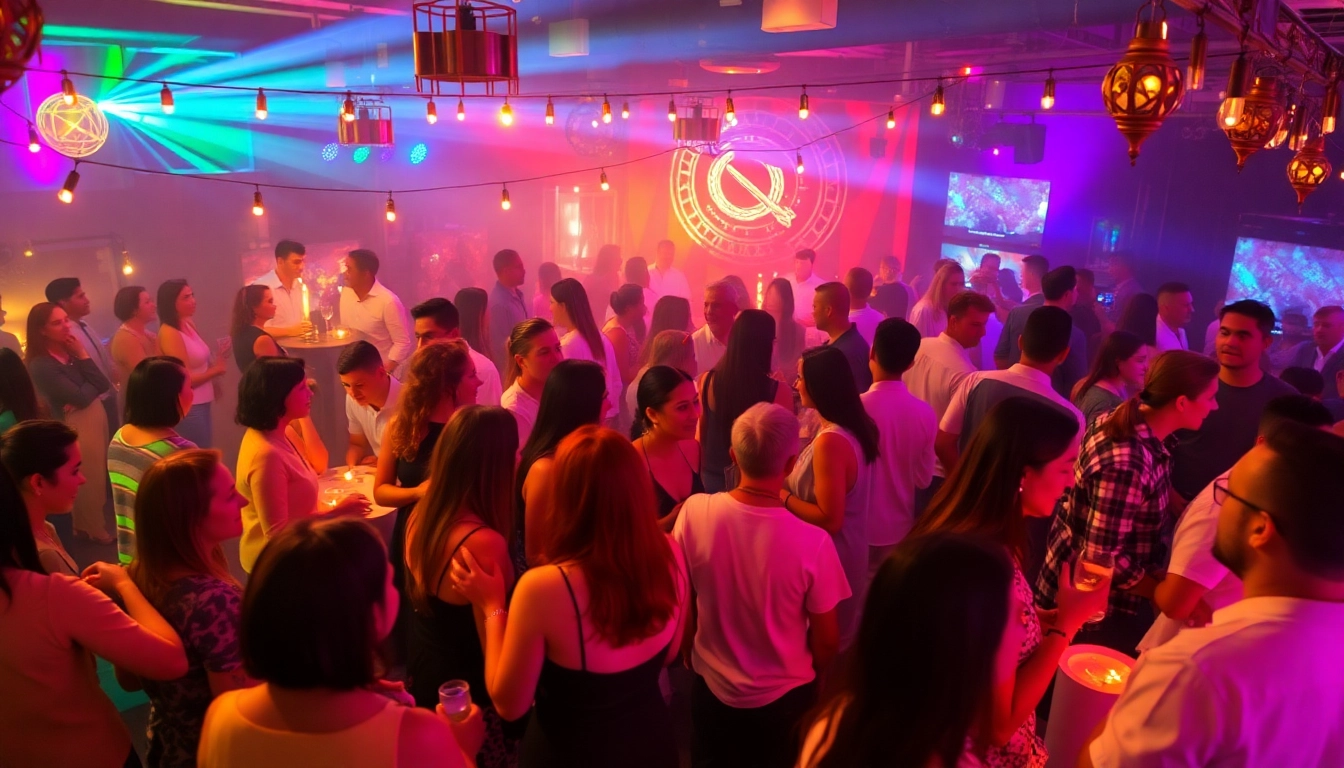Introduction to Chicago Rap Lyrics
Chicago has long been a hub for musical innovation, particularly known for its vibrant and eclectic rap scene. The Chicago rap lyrics reflect the diverse cultural landscape of the Windy City, where artists draw from their personal experiences, social issues, and the unique environment around them. From the storytelling traditions of the past to the raw emotions conveyed in contemporary tracks, Chicago rap encapsulates the trials and triumphs of urban life.
The Roots of Chicago’s Hip-Hop Culture
The hip-hop culture in Chicago can trace its origins back to the late 1970s and early 1980s, emerging as a form of expression for marginalized communities. Artists started to blend various genres, including funk, soul, and jazz, to create a sound that was distinctly their own. DJ battles, dance competitions, and graffiti art were all integral parts of this burgeoning scene, setting the stage for what would evolve into a rich tapestry of lyrical talent.
During the 1980s and 1990s, Chicago hip-hop attracted national attention with groups like the Trax Records, introducing a mix of house music and hip-hop that reshaped the landscape. However, it was not until the early 2000s that Chicago truly started making significant waves with the emergence of artists like Kanye West and Common. These artists brought lyricism that was deeply personal and introspective while maintaining a connection to the larger community, influencing the next generation of rappers.
Influential Artists and Their Lyrics
Several artists have played pivotal roles in shaping Chicago rap. Kanye West’s debut album, *The College Dropout*, features lyrics that highlight his struggles and successes, often bringing Chicago’s reputation into the limelight. Similarly, Common’s early work addressed social issues and personal experiences, crafting narratives that resonated with listeners both domestically and internationally.
Today, artists like Chance the Rapper, Lil Durk, and G Herbo are carrying the torch, using their platforms to address civic issues, share personal stories, and highlight the beauty and pain of life in Chicago. Lyrics from Chance’s “Acid Rap” capture the essence of youthful exuberance and the challenges of growing up in the city, revealing complex layers of identity and hope.
Common Themes in Chicago Rap
Thematic exploration in Chicago rap lyrics often reflects the city’s social fabric. Common themes include:
- Street Life and Struggle: Many artists narrate their experiences growing up in tough neighborhoods, often exposing the realities of violence and poverty.
- Community and Identity: A strong sense of pride in Chicago is prevalent, with artists celebrating their roots and local culture.
- Social Commentary: Lyrics often tackle systemic issues such as racism, police violence, and socioeconomic struggles, urging listeners to reflect and take action.
- Hope and Resilience: Amidst the struggles depicted, many songs convey messages of hope, resilience, and the determination to rise above one’s circumstances.
Understanding Drill Music in Chicago
Drill music, a subgenre of hip-hop, surged to prominence in the early 2010s, primarily from Chicago’s South Side. Known for its dark beats and intensely vivid lyrics, drill provides a stark representation of life in Chicago neighborhoods, often blurring the lines between artistry and reality.
Origins and Characteristics of Drill Music
Drill music originated from the fusion of traditional hip-hop elements and the gritty realities of gang culture in Chicago. Artists like Chief Keef, who released the viral hit “I Don’t Like,” exemplified the sound that combined heavy bass beats with aggressive and explicit lyrics. This raw approach resonated deeply with a youth audience, creating a subculture that extended far beyond Chicago.
Typically characterized by a slow tempo around 60-70 beats per minute, drill music often showcases triplet hi-hats and dark, eerie synthesizers. The lyrical content is often confrontational, narrating firsthand accounts of violence, street life, and survival, making it distinct from other hip-hop subgenres.
Key Figures in the Drill Scene
Several key figures have defined the drill scene, influencing both local and national perceptions of Chicago rap. Besides Chief Keef, others like King Von, Fredo Santana, and Lil Durk have emerged, each adding their unique voice to the genre. King Von’s storytelling ability stands out, as he often draws upon his own life experiences and the realities of street violence, captivating listeners with his narrative flair.
The pervasive influence of these artists has not only elevated the drill movement but also contributed to the genre’s evolution into a more mainstream sound, merging with other styles while retaining its core themes.
Impact of Drill Lyrics on Society
Drill music has faced considerable scrutiny and controversy, especially regarding its lyrical content. Critics argue that the graphic descriptions of violence may contribute to real-life issues; however, proponents highlight drill as a crucial outlet for expression and catharsis. Drill artists often use their lyrics to document their realities, shedding light on systemic issues affecting Chicago’s underserved communities.
The FBI and law enforcement agencies have occasionally referenced drill lyrics in investigations, igniting debates over the relationship between art and reality. Nonetheless, many artists express that their music reflects their lived experiences rather than inciting violence.
Analyzing Notable Chicago Rap Lyrics
In order to truly appreciate Chicago rap, one must delve into the lyrics that have shaped the genre. Each song tells a story, whether through emotional ballads, hard-hitting verses, or even catchy hooks that linger in the mind.
Top Chicago Rap Songs that Define the Genre
Certain tracks have stood out as defining moments in the Chicago rap scene. For instance, Kanye West’s “Through the Wire” illustrates tenacity through vulnerability, while Chance the Rapper’s “No Problem” celebrates success amid adversity.
Other significant songs include “I Don’t Like” by Chief Keef, which encapsulated the raw essence of drill music, and “Fne” by Lil Durk, expressing the desire to escape one’s environment. Each of these tracks together showcases the diversity and richness of Chicago’s rap narrative.
Lyric Analysis of Famous Tracks
Examining the lyrics of these iconic tracks reveals underlying messages and emotions. For example, in “I Don’t Like,” Chief Keef’s repetition of the refrain reflects both a personal statement of defiance and a broader reaction to societal injustices, empowering listeners through its raw emotion.
In Chance the Rapper’s “Same Drugs,” the introspective lyrics deal with themes of nostalgia and growth. The portrayal of lost connections and the bittersweet essence of reminiscing anchors the narrative, allowing listeners to relate personally to his journey.
Messages and Storytelling Techniques
Chicago rap employs a variety of storytelling techniques that blend realism with creative lyricism. Artists often use metaphors, similes, and vivid imagery to paint a picture of their experiences. For instance, G Herbo frequently integrates storytelling into his lyrics, taking listeners through a rollercoaster of emotions as he recounts personal struggles.
Moreover, the use of voice modulation and varied cadence amplifies the emotional intensity of the lyrics, allowing artists to convey their messages more powerfully. As they navigate through themes of loss, resilience, and hope, these techniques ensure that the narrative remains engaging and impactful.
Chicago’s Contribution to the Rap Genre
The influence of Chicago rap extends far beyond its own city limits, significantly impacting the national and global music landscape. As Chicago-based artists continue to gain prominence, their distinct sound and lyrical styles are reshaping contemporary hip-hop.
Influence on National and Global Music Trends
Chicago rap has become a significant reference point in today’s hip-hop industry. The emergence of drill music has inspired various regions, leading to the adaptation of its sound in cities across the United States and even internationally. Artists in the UK, for instance, have embraced the drill sound, creating a fusion that highlights the global reach of Chicago’s musical influence.
Collaborations between Chicago rappers and artists from other cities exemplify this trend, facilitating a cross-pollination of styles and ideas. The broader hip-hop community has recognized the innovation coming from Chicago, deeply rooting it within the fabric of modern rap culture.
Collaboration and Crossover Success
Collaboration among artists has been a hallmark of Chicago’s rap scene, contributing to its richness. Notable collaborations, such as Kanye West’s work with Jay-Z and Lil Durk’s numerous tracks with mainstream artists, emphasize cross-genre appeal and adaptability.
Furthermore, Chicago artists often collaborate with emerging talent, fostering community and mentorship within the hip-hop landscape. This collaborative spirit not only enriches the local scene but also ensures that the legacy of Chicago rap continues to thrive across generations.
Cultural Significance Beyond Music
The cultural significance of Chicago rap transcends music, as it intertwines with social movements, fashion trends, and artistic expressions. Chicago rappers frequently leverage their platforms to advocate for change, championing causes that resonate with their communities.
From Chance the Rapper’s philanthropic endeavors to artists addressing social justice issues in their music, Chicago rap reflects a legacy of activism. This cultural significance fosters a sense of unity and purpose, inspiring both artists and listeners to engage in meaningful discourse around pressing societal matters.
Future of Chicago Rap Lyrics
As the landscape of hip-hop continues to evolve, Chicago rap is positioned to adapt and grow. The future promises exciting innovations, emerging voices, and continued cultural significance.
Evolving Styles and New Directions
The dynamic nature of music means that Chicago rap is likely to evolve, incorporating new influences and sounds. Genres such as lo-fi, alternative R&B, and electronic elements are reshaping the narrative, as artists experiment with blending styles.
Innovative production techniques and collaborations with artists from outside the genre may lead to a merging of Chicago rap with various musical styles, paving the way for fresh directions and creative expressions.
Emerging Artists to Watch
As established artists continue to lead the way, a new crop of talent is rising through the ranks of Chicago’s rap scene. Artists like Juice WRLD, though tragically gone too soon, had a staggering impact with his ability to blend rap with emotional expression, paving the path for upcoming artists.
Emerging voices such as Famous Dex and Saba demonstrate the potential for innovative storytelling and fresh lyricism, ensuring that the future of Chicago rap remains bright and relevant.
Continuing Legacy of Chicago Rap
The legacy of Chicago rap is marked by its resilience and adaptability. As new generations of artists emerge, they carry the torch, ensuring that the narrative continues to evolve while remaining rooted in the rich history of the city’s hip-hop legacy.
Moreover, as the world increasingly recognizes the depth and complexity of Chicago rap lyrics, the genre’s impact will likely endure, influencing future artists and creating a lasting cultural imprint that resonates across global music landscapes.



